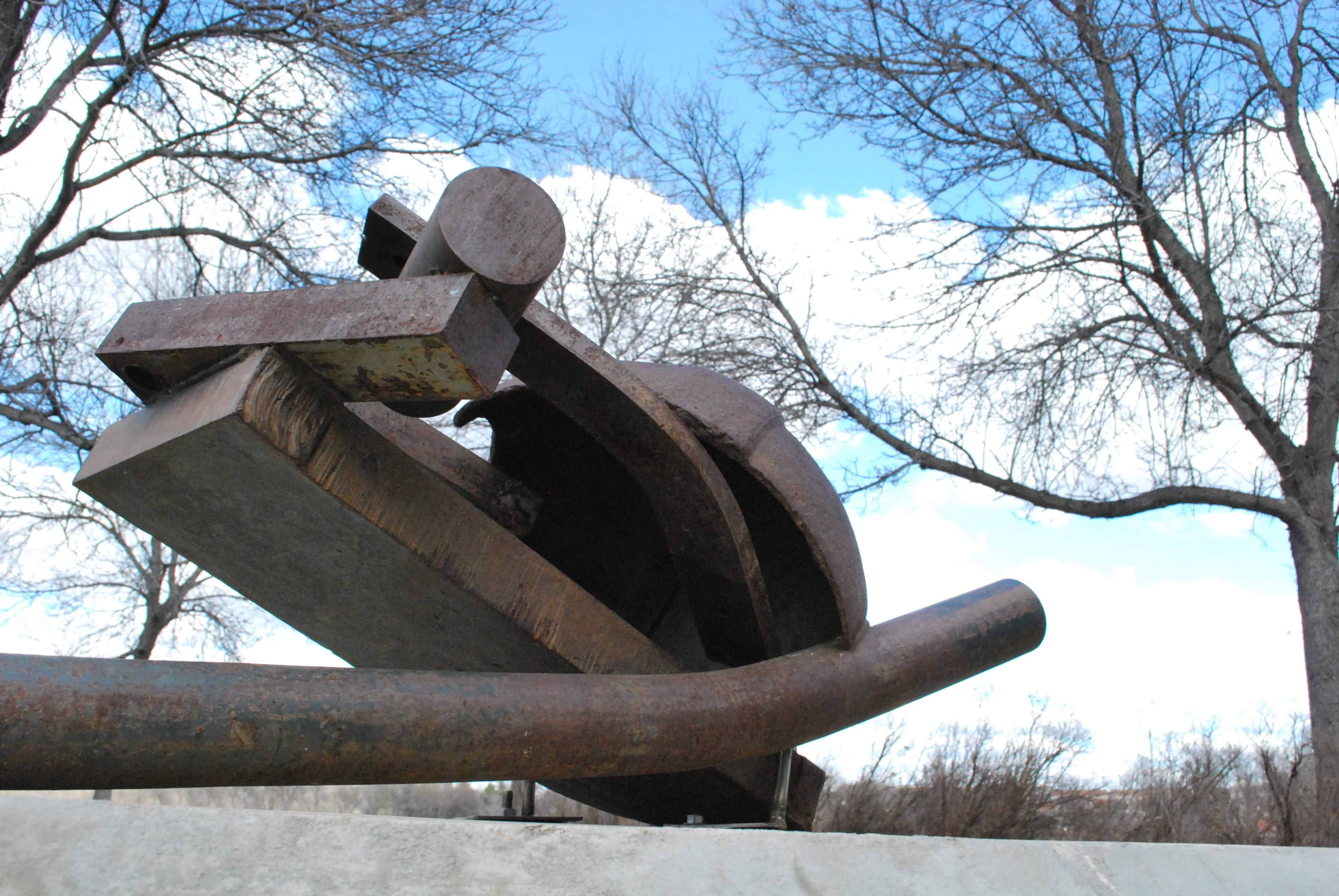What is restorative justice?

An approach of welcoming in, intimate and honest discussion, and sincere support in growth
by natalie williamson, sarah feeley, calla fuchs, hailey emery, & novia invidiado, contributors.
Restorative justice is a way of looking at and thinking about crime that is holistic, collaborative, and humanizing. It seeks to repair harm, encourage integration, and focus on rehabilitation and reconciliation rather than isolation.
It views crime as not only a violation of the law, but also of people, relationships, and communities. It provides an opportunity for the three parties involved – victims, offenders, and communities – to discuss what happened, who was harmed, and what can be done to address the crime, the situation, and the unintended consequences of the offender’s actions.
Referral into restorative justice can occur at various points within the criminal justice system. It can happen pre-charge with a referral by the police, post-charge by the Crown, pre-sentence by the courts, post-sentence by corrections, or pre-revocation by parole boards. Restorative justice can be used for any type of crime and for any offender. Although thought to be only used by Indigenous peoples and communities, both Indigenous and non-Indigenous peoples can benefit from restorative justice and its programs.
Benefits of restorative justice
There are many benefits to the use of restorative justice for all parties involved. For victims, it can decrease fear, provide empowerment and closure, allow their pain and feelings to be explained, understood, and heard, and it gives them the ability to recover from the harm that has been done to them.
For offenders, it can allow them to participate and speak face-to-face with the victim(s), give them an understanding of the consequences of their actions and behaviours, allow them to be accountable and reconnect with their community, and provide an opportunity to change and learn from their mistakes. Lastly, restorative justice can benefit communities by enhancing safety, reducing court costs, lowering the chance of repeat offences, and rebuilding trust to strengthen the community.
Forms of restorative justice
Restorative justice can take many different forms. Victim-offender reconciliation programs use mediators to bring the two parties together to discuss the crime, its impact, and how to move forward in the healing process. Conferencing involves the victim(s), the offender, supporters, and community members working toward reparation. Victim impact panels bring victims together to speak to an offender about the impact that a crime has had on their lives. There are also victim-offender panels that bring victims and offenders who have committed similar crimes together. Circles, which can vary according to different communities, include elements such as bringing together community members to discuss the offence, its underlying causes and impacts, and to identify a path forward.
What can restorative justice do
Restorative justice views justice as repair to harm rather than a punishment for a crime, and it allows understanding and responding to the needs of each party. Restorative justice allows for higher levels of fairness and happiness. Individuals who have gone through a restorative justice process have said that they feel much more involved than those who go through the traditional court system. It also lowers the likelihood of an offender committing another crime and re-entering the criminal justice system.
How we bring restorative justice in
There are many different restorative justice and alternative measures programs offered in Saskatchewan and in Canada. In Regina, the Regina Alternative Measures Program (RAMP) is for anyone who may come into conflict with the law. Circles of Support and Accountability is a Canadian program that is grounded in restorative justice principles that is accessible in Regina. Their goal is to reduce sexual victimization by assisting those who have committed sexual offenses to lead responsible, constructive, and accountable lives within their communities. Around the province, many towns and cities have their own community justice programs or tribal council community justice programs.
UR Restorative Justice Club
The University of Regina has its very own Restorative Justice Club! They are dedicated to providing programs, services, and support for Indigenous and non-Indigenous communities, organizations, and schools. The club aims to promote the principles and values of restorative justice through education to strengthen our community by promoting awareness of the needs of people affected by crimes. It also fosters innovation and participation in the field of restorative justice. If you are interested in joining, you can reach them on their Instagram page @ur.restorativejusticeclub, and their Facebook page “UR Restorative Justice Club.”










